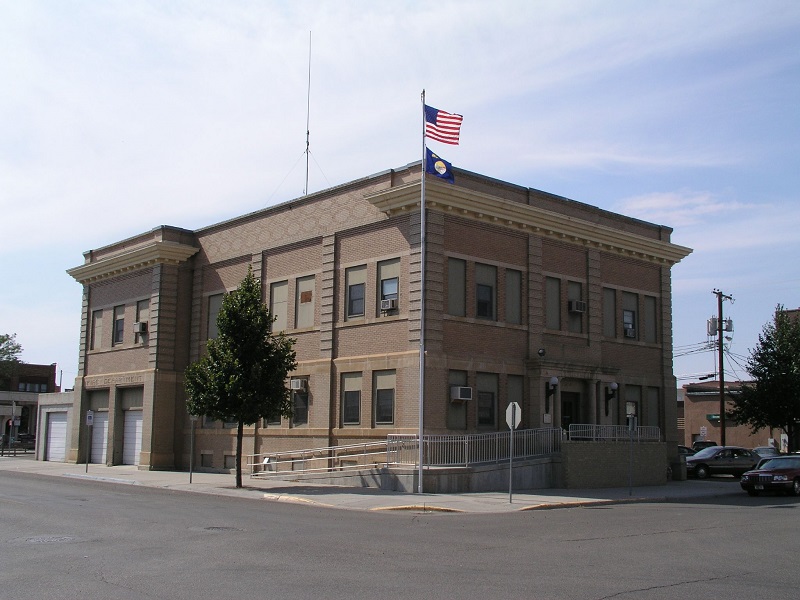Historic Preservation
Buildings that are eligible for listing in the National Register of Historic Places or designated as historic under state or local law are not required to take any action that would “threaten or destroy” the historic significance of the property. Where the State Historic Preservation Officer or Advisory Council on Historic Preservation determines that compliance with the requirements for accessible routes, entrances, or toilet facilities would threaten or destroy the historic significance of the building or facility, the exceptions for alterations to qualified historic buildings or facilities for that element shall be permitted to apply.
Historic preservation programs whose primary purpose is for visitors to experience the historic site itself (as opposed to other types of programs that happen to be housed in historic buildings) should make the facility accessible. Where it is not feasible to provide physical access without threatening or destroying the historic significance of the property, alternative methods of achieving program access must be used.
Frequently used methods include using audio-visual materials and devices to depict those portions of an historic property that cannot otherwise be made accessible and assigning staff or volunteers to guide people with disabilities into or through portions of historic properties that cannot otherwise be made accessible. The regulations encourage public entities to develop other innovative methods to ensure program access.
Examples
-
A town owns an historic house. Alterations are planned so it can be used as a museum. The architect concludes that most of the ADA Standards for alterations can be applied; however, there appears to be a problem, if one of the interior doors is widened historic decorative features on the door might be destroyed. The architect holds a meeting with the State Historic Preservation Officer, a local disability group and the ADA Coordinator. The participants agree that the ADA Standards cannot be applied to the interior door. The town provides access to the program offered in that room through a video presentation of the items within the inaccessible room. The video can be viewed in a nearby accessible room in the museum.
Title II Regulations 28 § 35.150
Existing facilities:
(a) General. A public entity shall operate each service, program, or activity so that the service, program, or activity, when viewed in its entirety, is readily accessible to and usable by individuals with disabilities. This paragraph does not— (2) Require a public entity to take any action that would threaten or destroy the historic significance of an historic property


User Comments/Questions
Add Comment/Question